Insulation
Insulation Excellence
We pride ourselves on excellence and are well aware that the products we use have an impact on performance. This is why we strive to use great products from brand leaders in the insulation industry. We always provide FREE ESTIMATES, and would love the opportunity to help you with your insulation needs! Click any of the dropdown boxes below to read more about the products and services we offer.
Fiberglass Batts
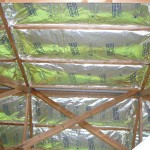
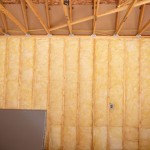
Blown Fiberglass
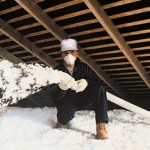
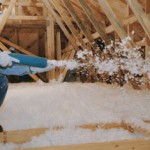
Blown Cellulose
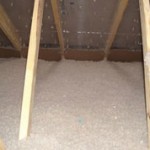
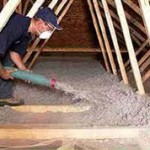
Cellulose Wall Spray
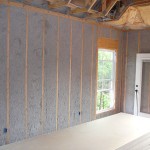
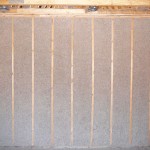
ProPink Complete (BIBS) System - Blown Fiberglass
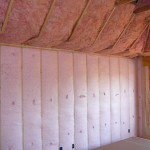
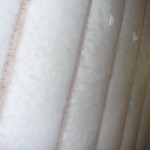
Acoustical Spray and Metal Building Spray-on
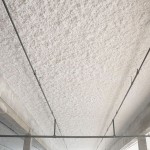
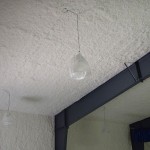
Spray Foam
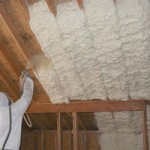
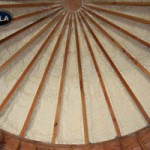
Air Sealing
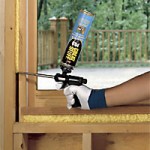
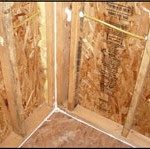
Proper Attic Ventilation
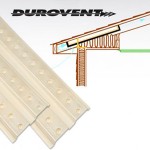
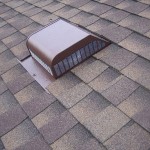
Insulation Removal
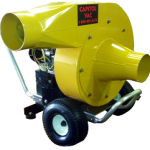
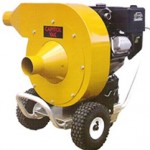
Pipe Insulation
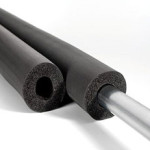
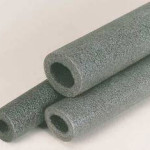
Water Heater Insulation
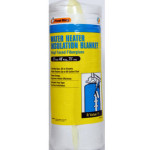
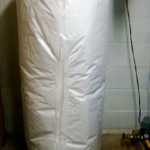
Duct Wrap Insulation
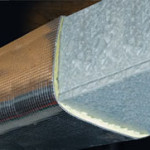
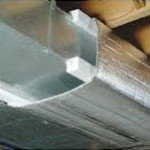
Basement Blanket Insulation
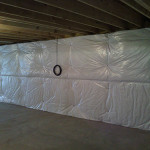
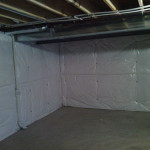
SolarGuard Reflective Foil
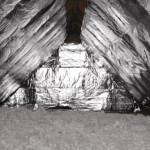
Lower the Cost of Insulation Upgrades with the Insulation Tax Credit
Tax credits for energy efficient home improvements allow you to reduce the amount of federal taxes you owe for the year home upgrades were made. The insulation tax credit, officially called the Energy Efficient Home Improvement Credit, allows you to claim up to $1,200 per year for insulation and air sealing upgrades, and you can combine the tax credit with other incentives for additional savings. We make the insulation tax credit easy—talk to our team today to find out how much total money you stand to save on your project!



